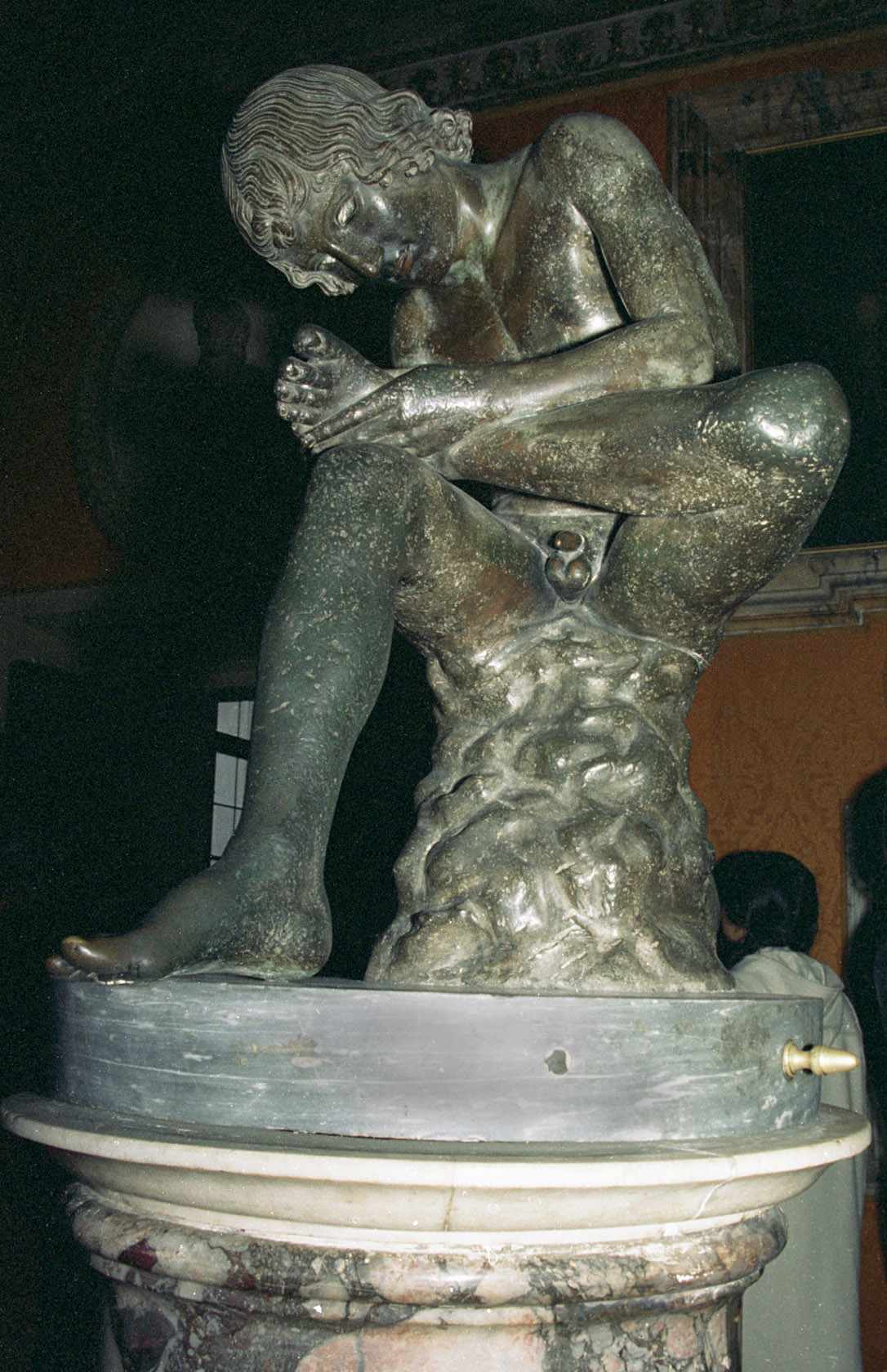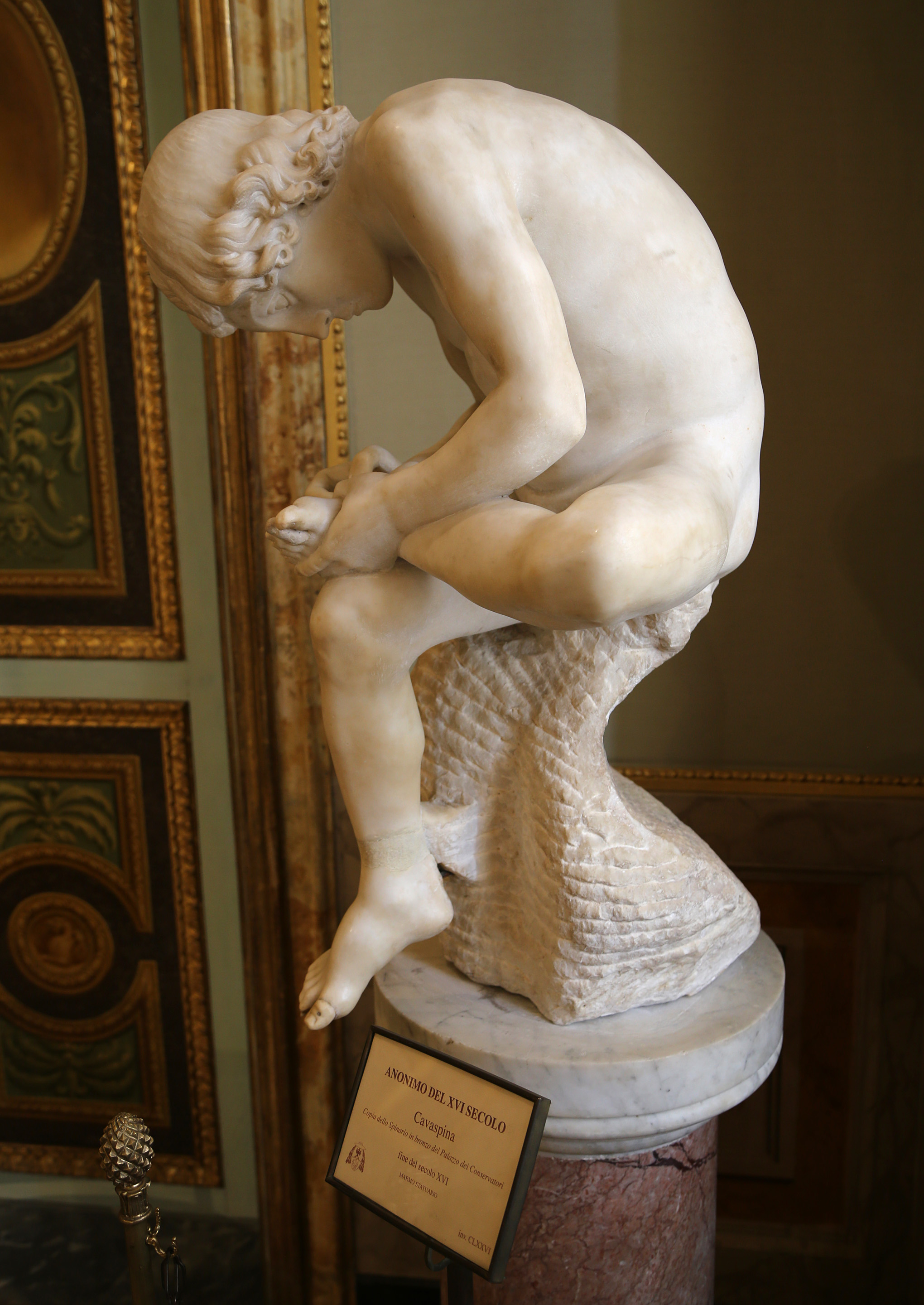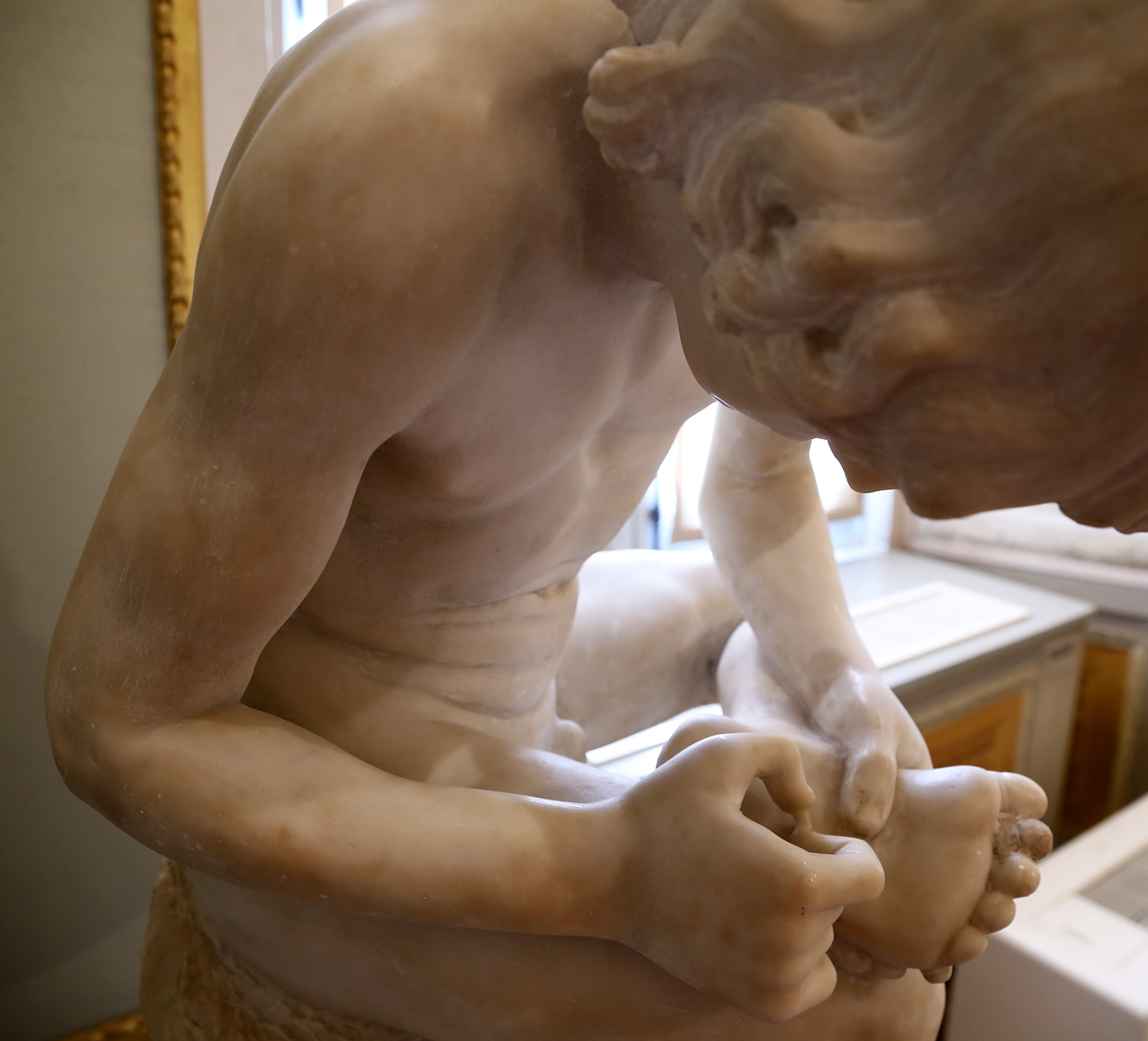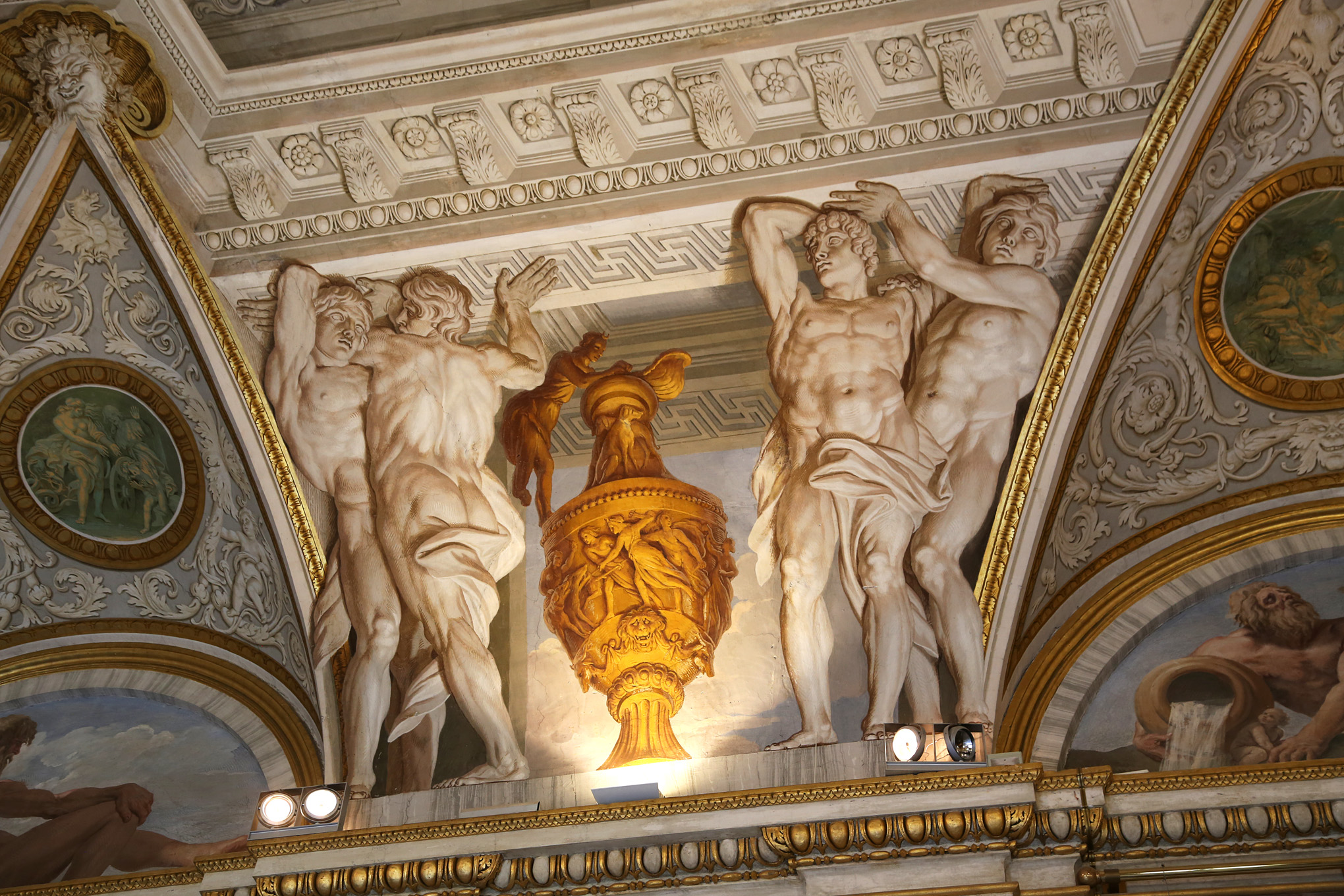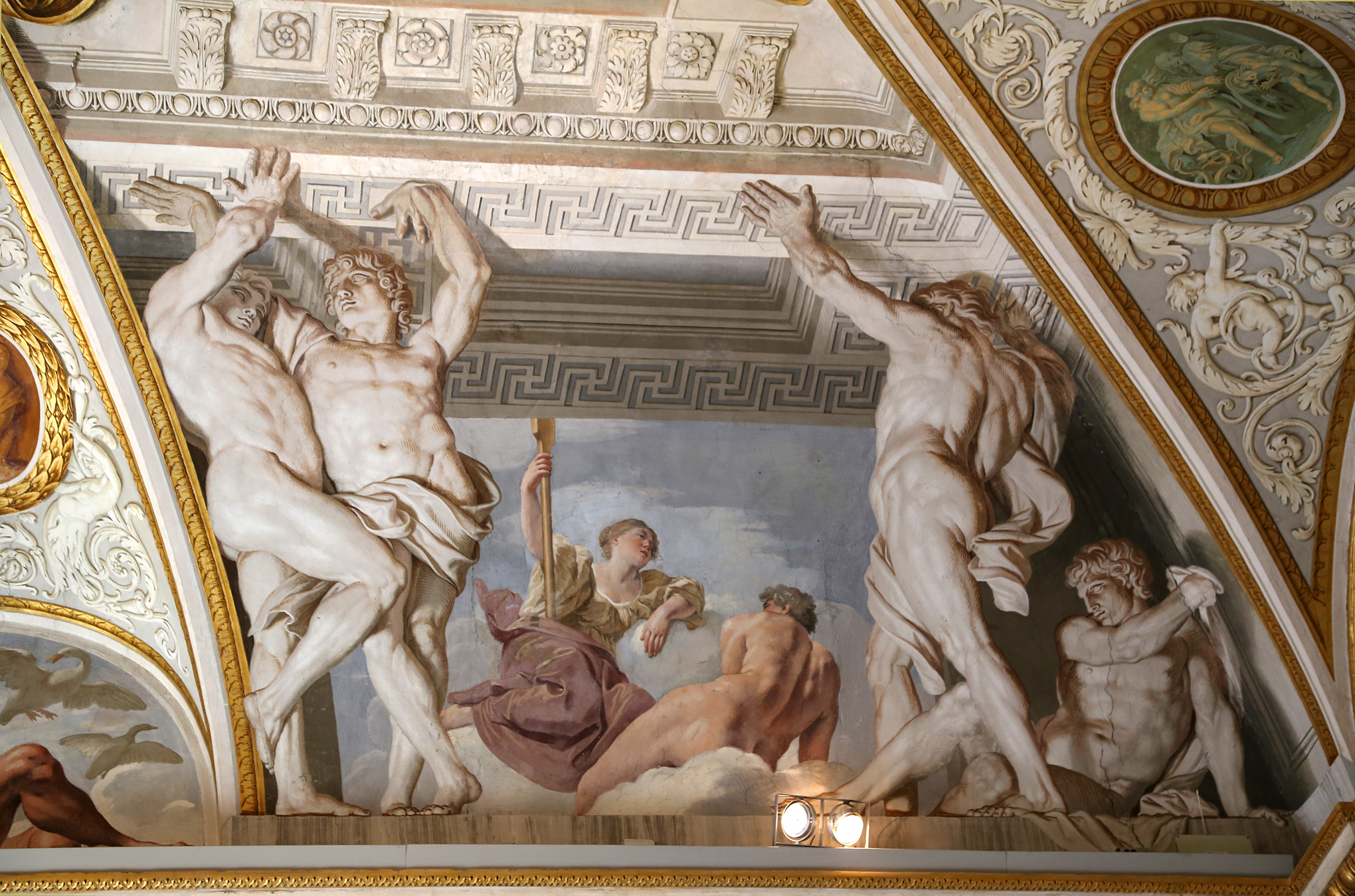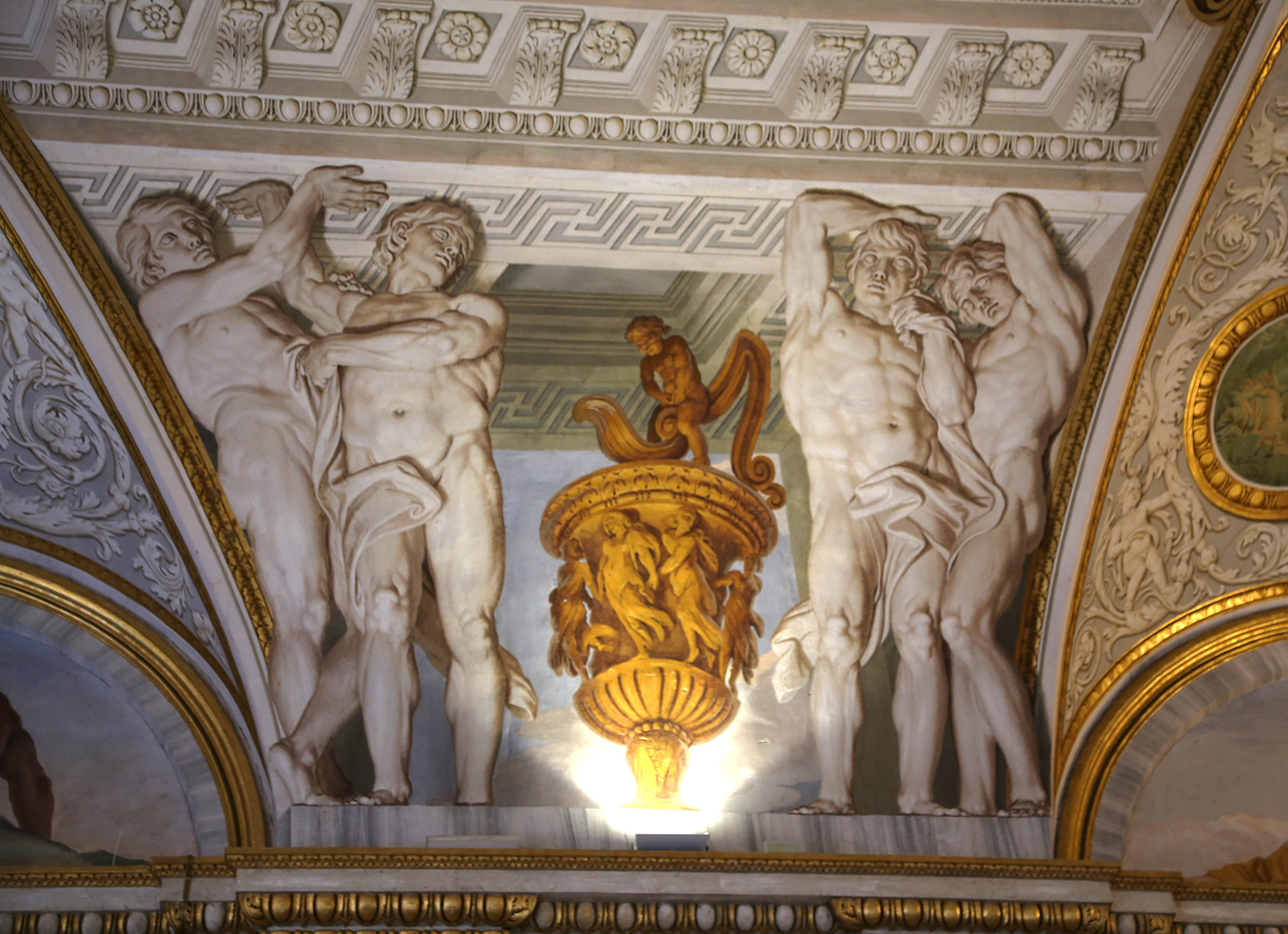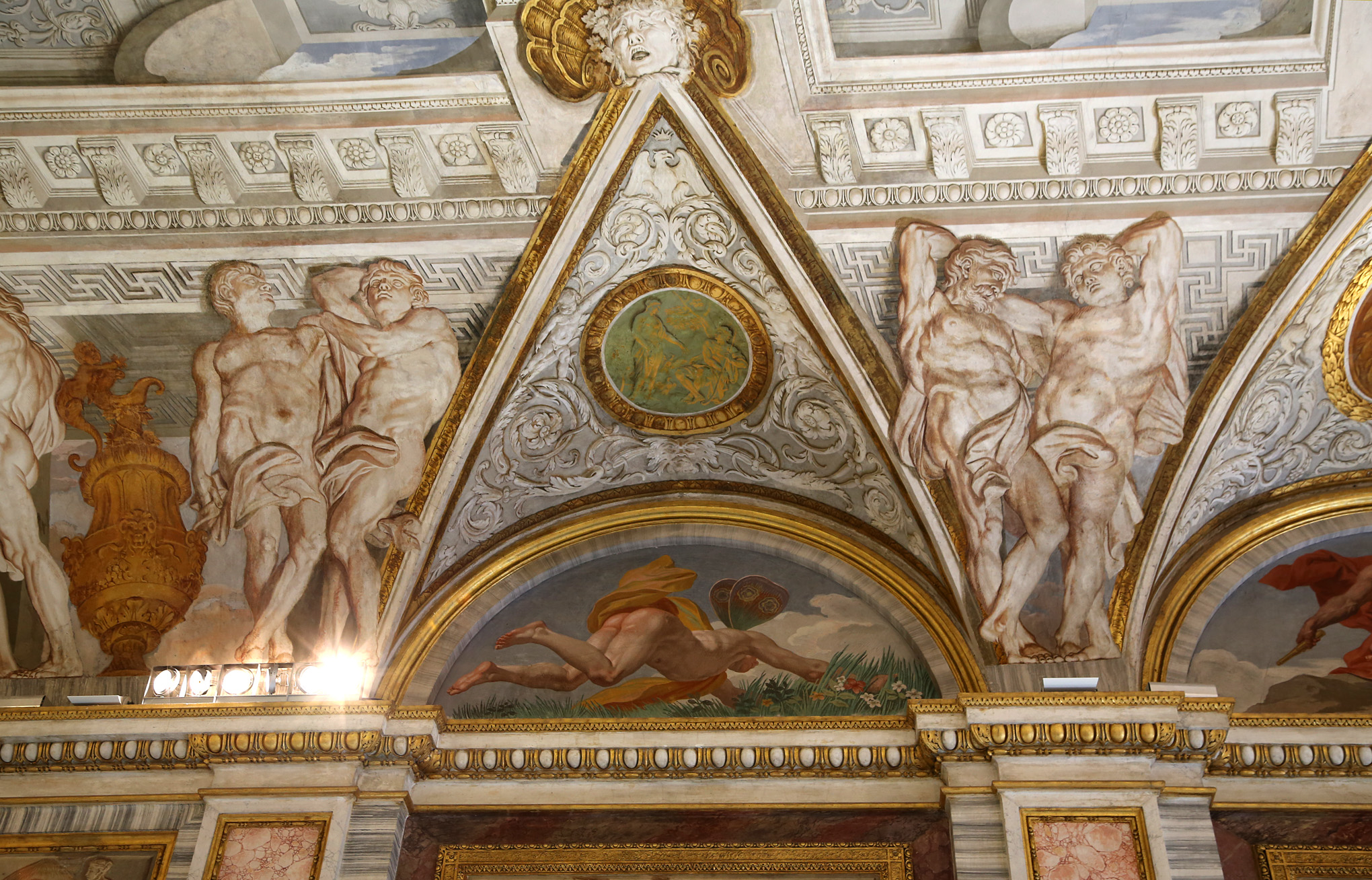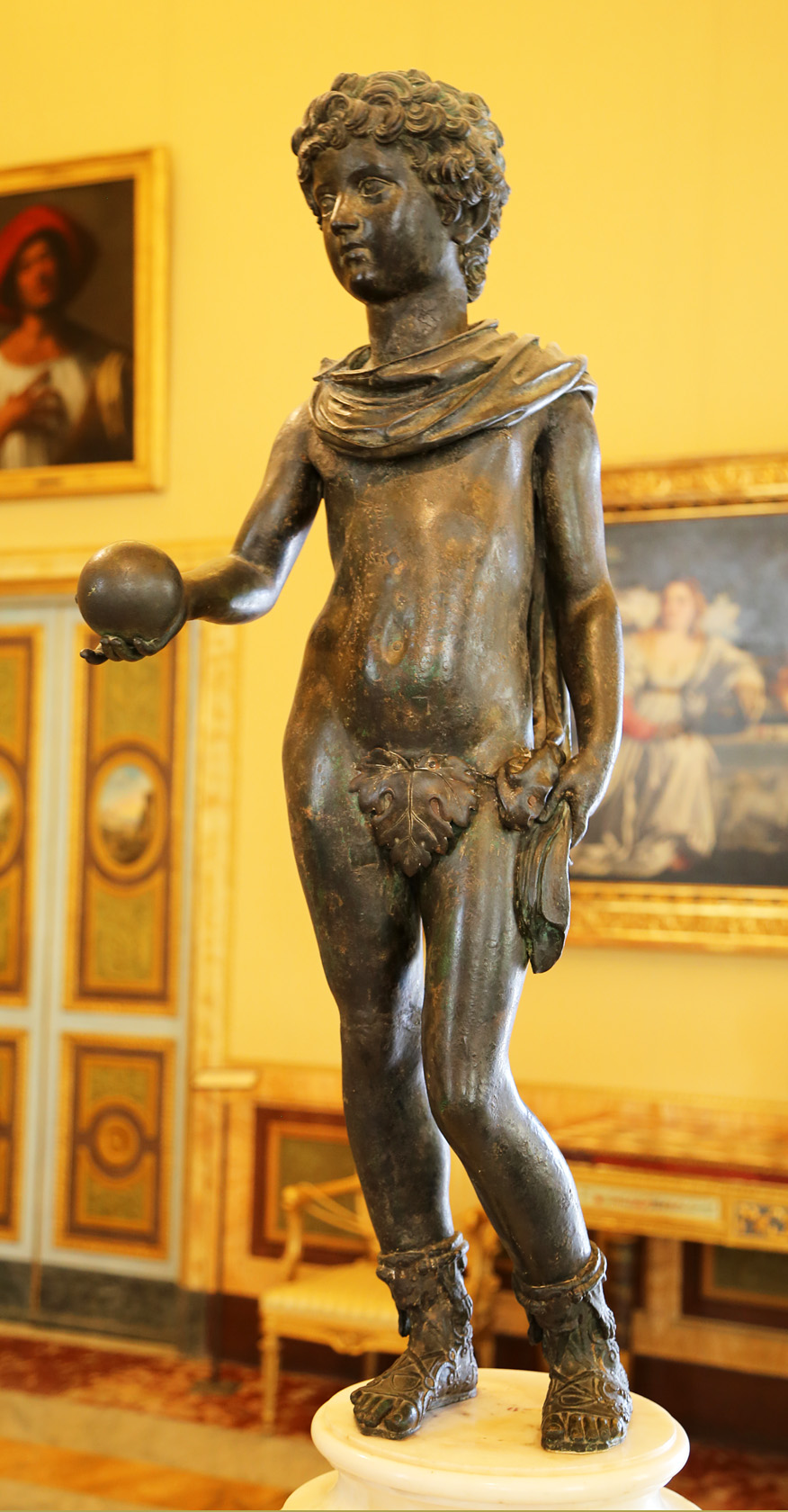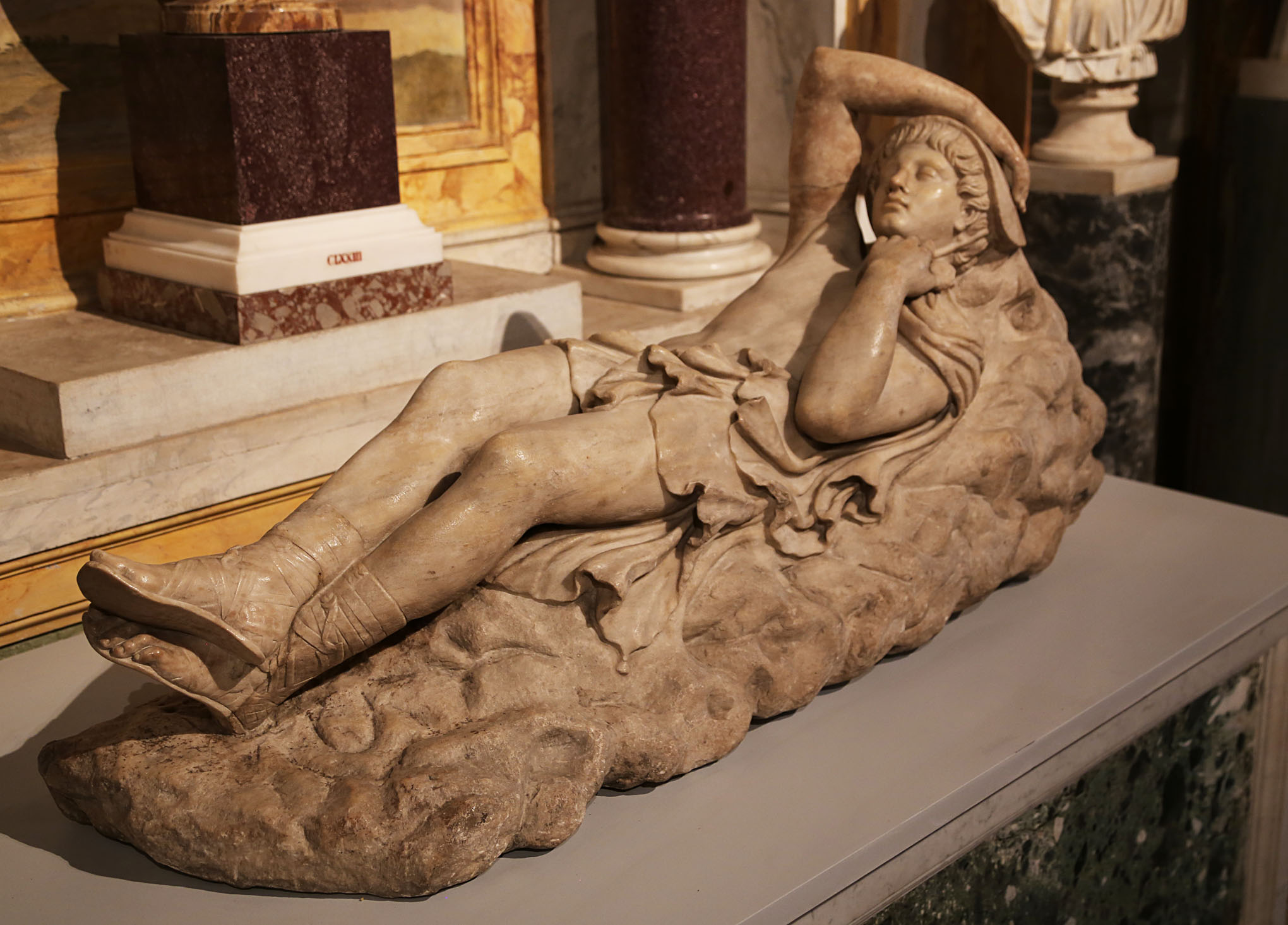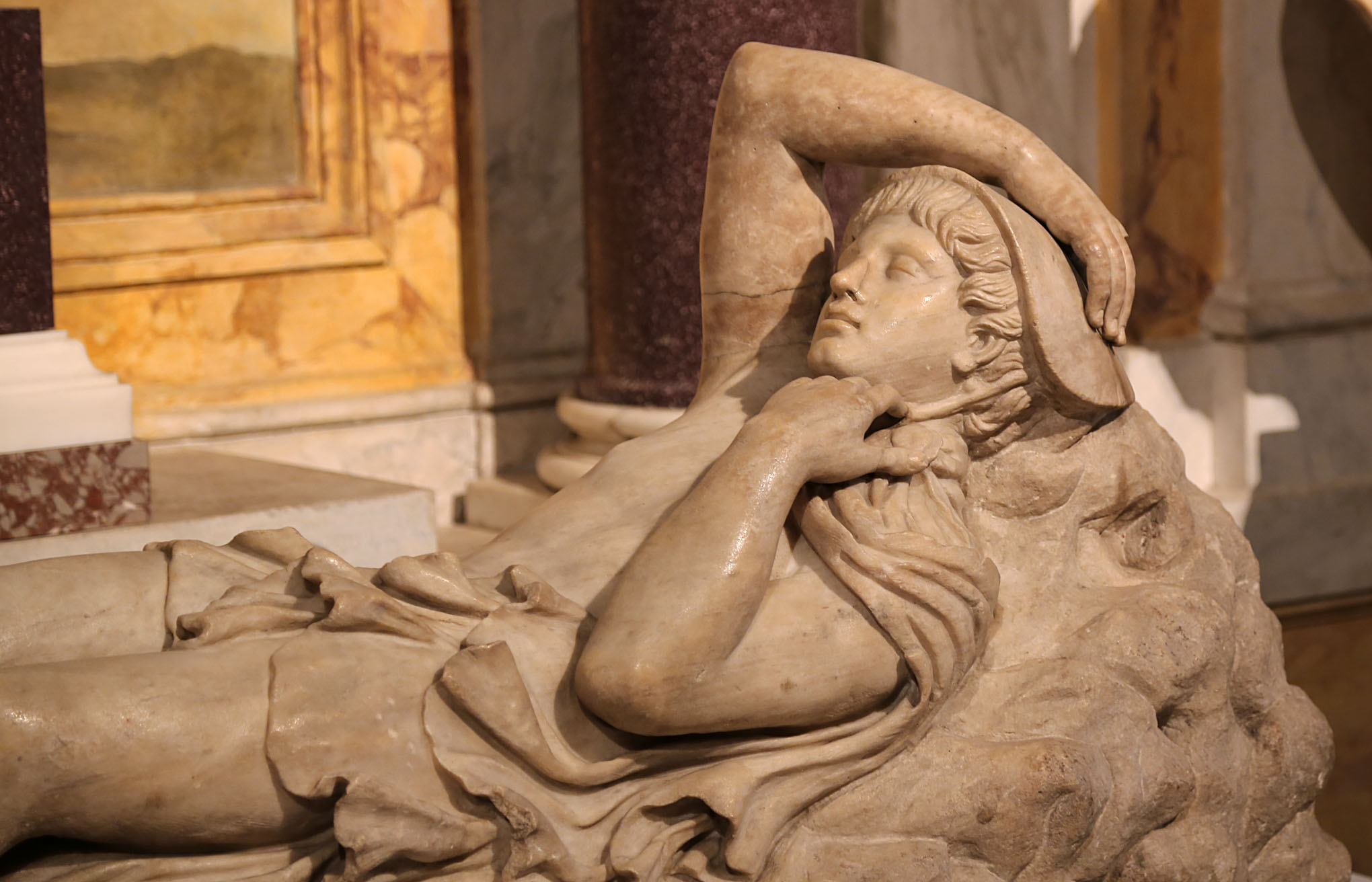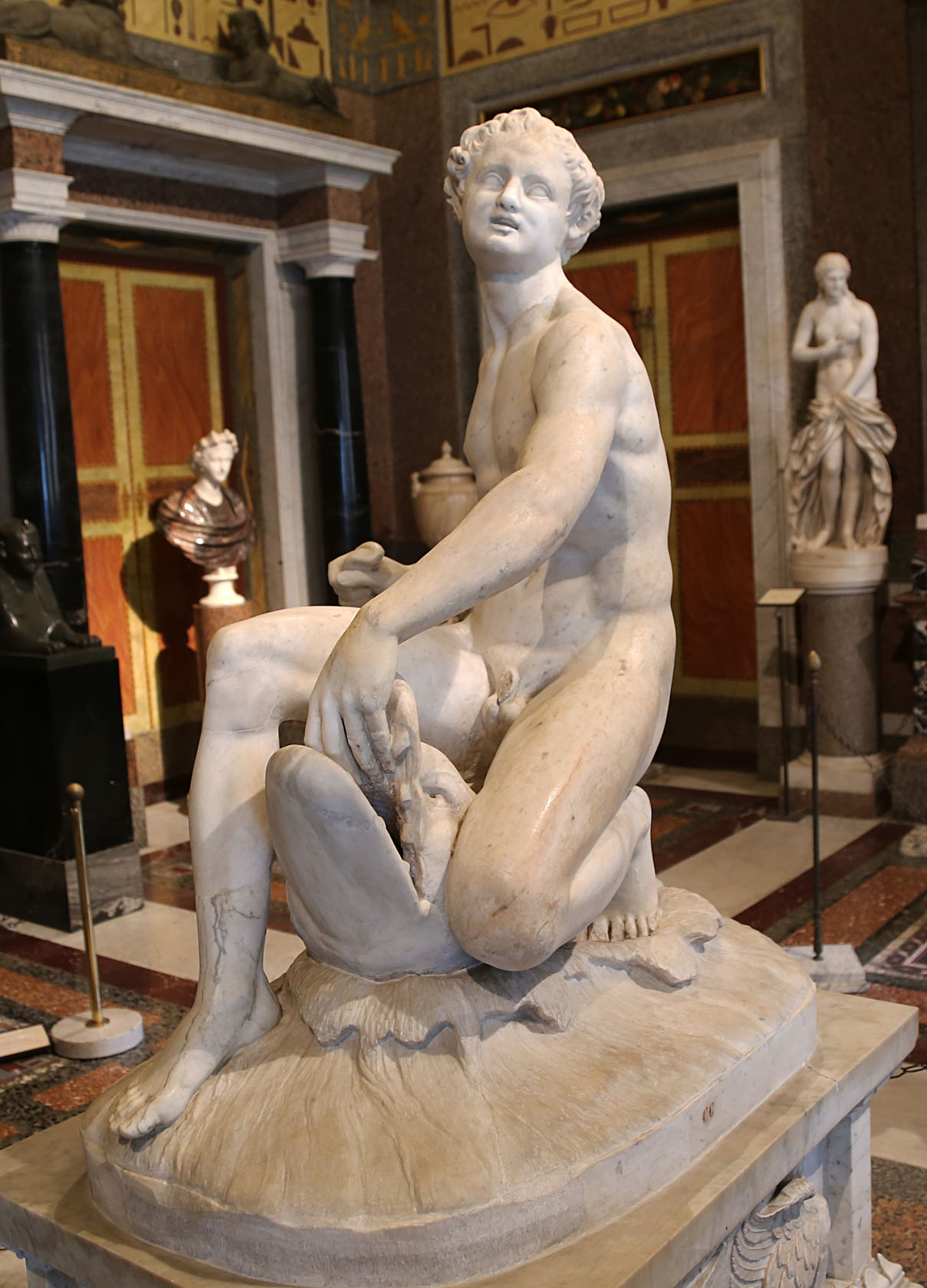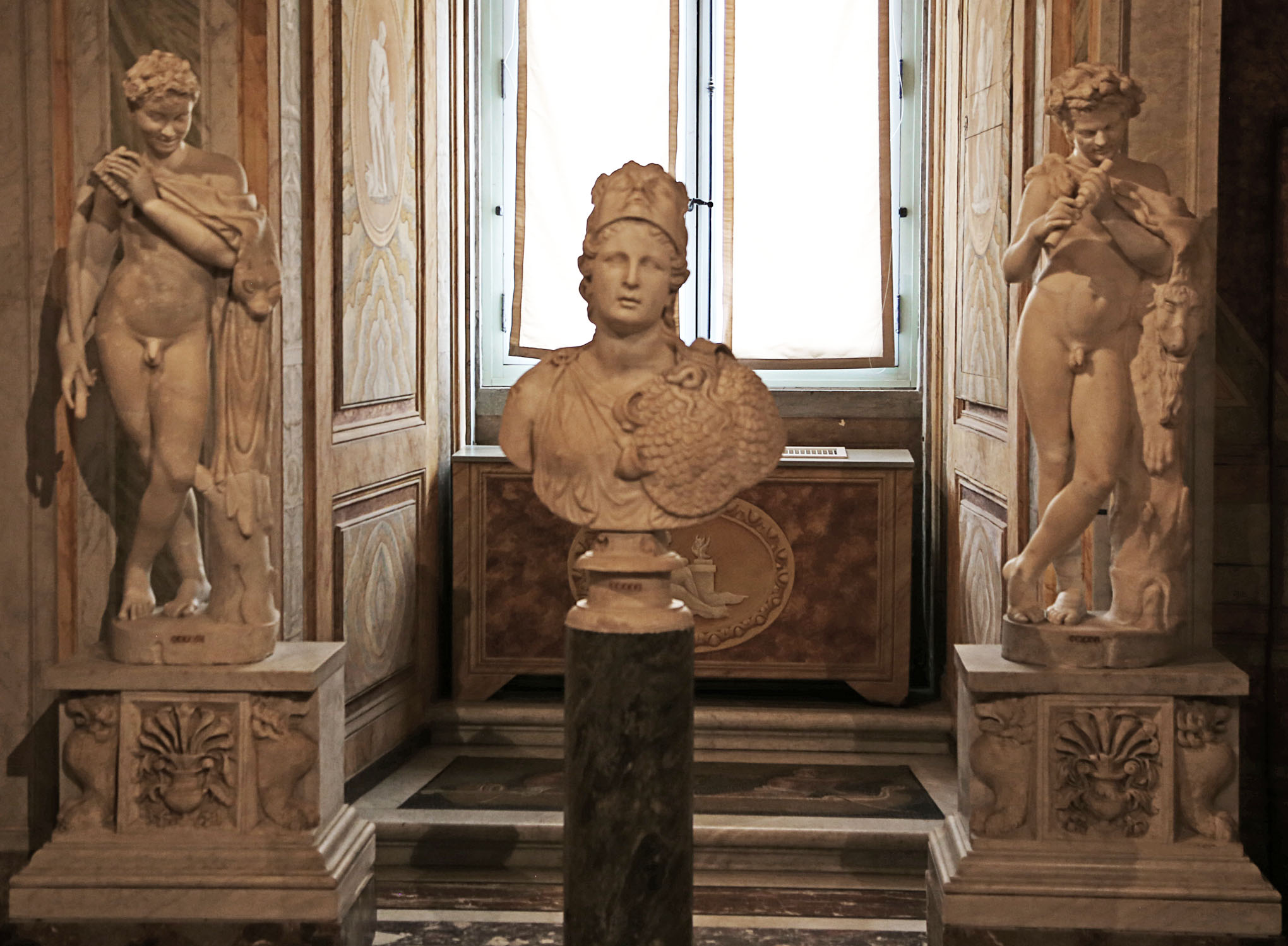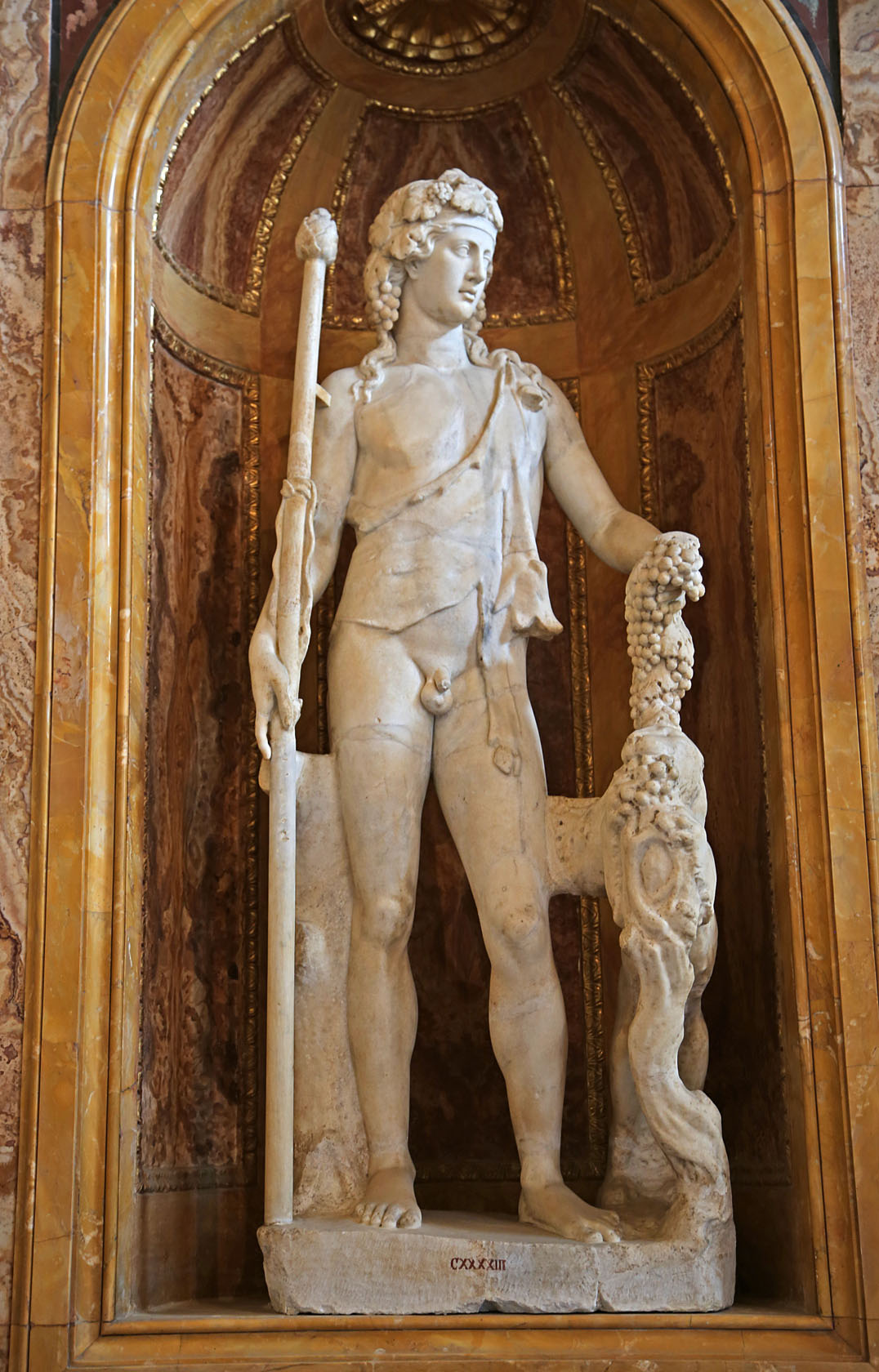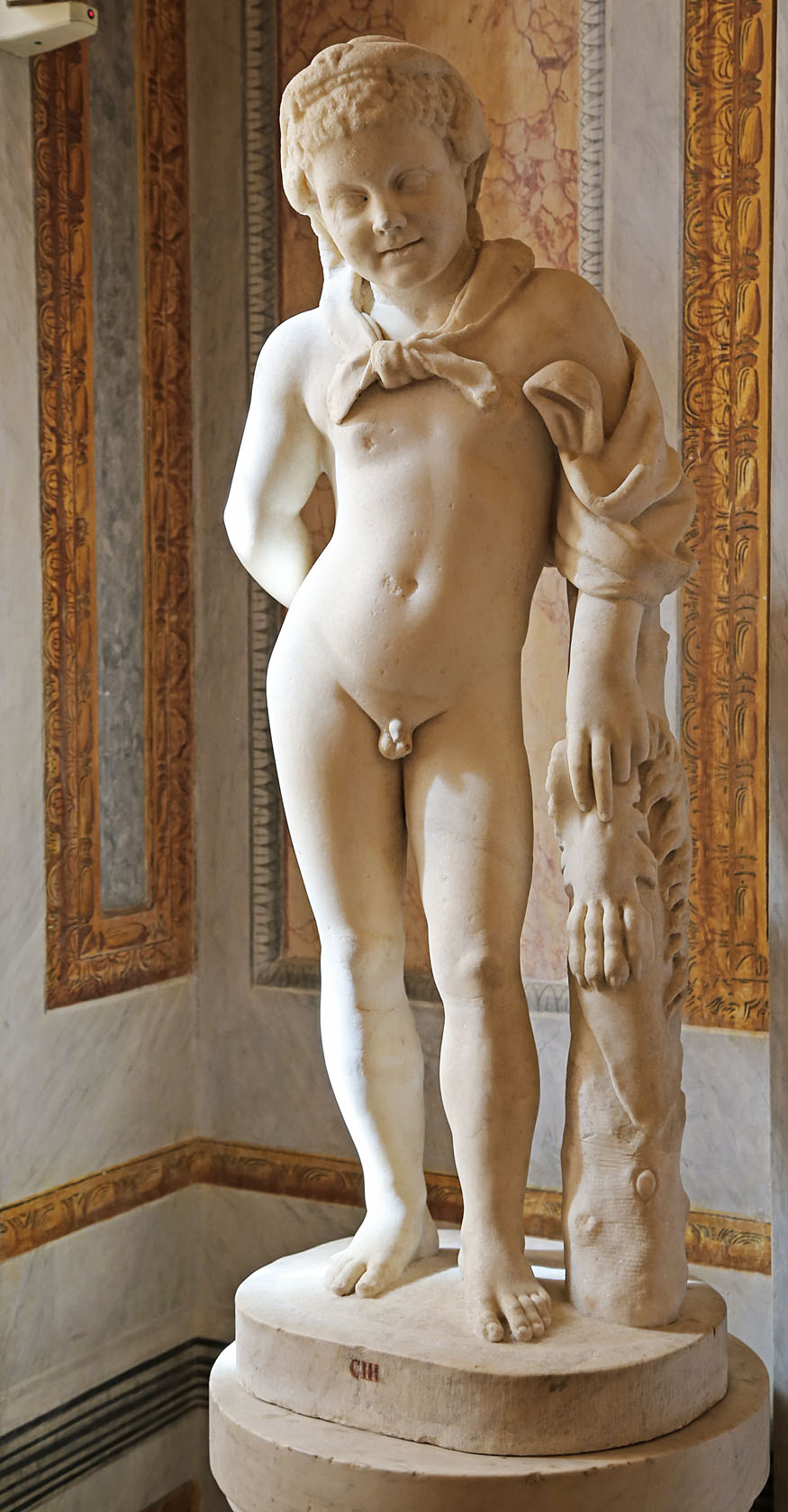Galleria Borghese, Roma
Introduction to the Galleria Borghese
In June of 2015, I was able to revisit the Galleria Borghese for a second time. I had recalled seeing a statue of a boy extracting a thorn from his foot and wanted to see it again … along with the Gallery’s many other works depicting the nude male figure.
However, I was surprised to find the statue in marble when I remembered bronze. The anatomy of the figure, in my memory, was somewhat more revealing. Searching through my negative files I found the image in bronze but it was not connected to a film strip, thereby making it somewhat uncertain where it was taken. After internet research I concluded that the bronze “Spinario” is in the Musei Capitolini! Both images, along with a brief history, are included in the Gallery.
The recent visit gave me the opportunity to photograph many more works of the male figure but, unfortunately, the painting of a barely pubescent, John the Baptist (by Caravaggio) was on loan. That painting depicts Jesus’ nephew looking rather debauched and in need of a bath. In total, there are 6 Caravaggio paintings in the Borghese. I did not photograph them since the images are likely already known to the viewers of this web site.
The statues of nude males – in couples – shown holding up the ceiling in one salon were a highlight of the visit. The fact is, however, that they only look to be statues and are painted figures in an illusory three dimensional style known as trompe-l’oeil (to fool the eye). They are all shown physically involved with their partners and their intertwining limbs (done of course, to help support each other support the ceiling) conveys to the viewer a powerful sense of homoeroticism.
While trying to correctly identify the objects in this gallery, I checked out dozens of web sites dealing with the Galleria Borghese as well as all the images I could find on-line. Fortunately, I took photos of most of the informational signs since it became clear to me the more I read and the more images I looked at, that there is a definite bias against what I experienced: an overwhelming collection of nude male art. Guide books, tourist brochures etc. all focus on objects depicting the nude female, thus largely ignoring the outstanding examples of the nude male form in classical sculpture assembled in the Borghese.
